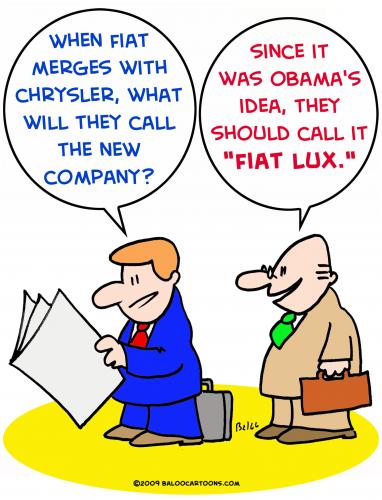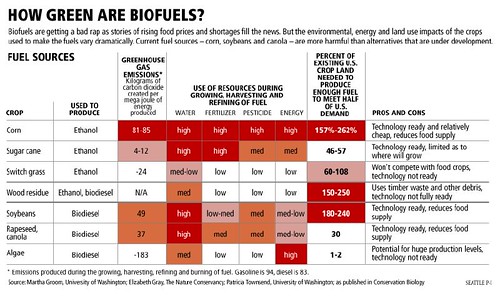Booo! GM also canceling Cobalt SS Sedan for 2010…GM also canceling Cobalt SS Sedan for 2010 originally appeared on Autoblog on Thu, 07 May 2009 16:00:00 EST. Please see our terms for use of feeds.
Save the Cheerleader? GM creates Hero Edition Corvette ZR1 to benefit Kids Wish Network…GM‘s team of Corvette designers and engineers equipped this particular ‘Vette with a bespoke graphics package with red accents in lieu of the normal blue. Other special bits include “additional carbon fiber components,” though we’re left wondering what those composite pieces may be.You can’t actually go to your nearest Chevy dealership and order…

Image: ToolPool.com
Special “Hero Edition” Corvette ZR1 [Corvette Zr1]“Hero Edition” Corvette ZR1: Finally, a special edition we can get behind. [CorvetteBlogger]
GM Kills Chevy Impala SS… Again [Carpocalypse]…analysis of GM ordering guides by forum fan-boys at GMInsideNews, GM‘s killed both the Chevy Impala SS and Chevy Cobalt SS sedan for 2010. You’ll still be able to get a Cobalt SS as a coupe, but the Impala SS is dead… for the second time. When GM said they were putting their performance divisions on indefinite hold we knew to expect no new per…
GM, University of Michigan announce new Automotive Research Institute…Michigan and GM are already partners in the Advanced Battery Coalition for Drivetrains (ABCD) and in helping to teach students to become alternative powertrain engineers. Today, GM and the school announced a new institute called the GM/U-M Institute of Automotive Research and Education that will focus on “reinventing the automobile and developin…
GM posts $6B loss in Q1, burns through $10B…GM, Earnings/FinancialsGeneral Motors reported its first quarter earnings today, and the beleaguered U.S. automaker posted a $6 billion net loss compared to a net loss of $3.3 billion one year ago. At the same time, GM burned through $10.2 billion in cash during Q1, though still has $11.6 billion in cash reserves on hand thanks in large part to …
Royal College of Art students imagine mobility in 2050, see vehicles powered by waterfalls…months with GM Europe to “gain valuable work experience and insight through hands-on experience with future technologies such as electric vehicles.” One of the more dreamy ideas from an RCA student was for “eco-touring machines powered by waterfalls.” It’s a safe bet this means hydropower, but I can’t shake the feeling that unicorns should be in…
RIP: Chevy Impala SS, again…line for GM‘s 5.3L V8 engine in the midsize front-wheel drive Chevy sedan. That means the biggest available engine will be the 3.9L LGD pushrod 60-degree V6.We’ve long questioned whether the current W-body Impala does justice to the memory of Super Sports of yore, despite the presence of the V8 engine. Regardless, we’d prefer to keep the 303-hor…
GM Hosting Fleet Buyers At Pricey Spa, USA Today Waves Populist Banner [Carpocalypse]…outrage over GM hosting 500 fleet buyers at a luxury-spa-resort. The difference between banks-funded-by-the-government and automakers-funded-by-the-goverment? Automakers invite potential car buyers to resorts. Banks send themselves to resorts. [USAToday]
Fesler-Moss Builds A Corvette ZR1-Powered Camaro SS [Tuner Cars]…of GM Performance fame) teamed up to create this custom limited edition 2010 Camaro SS for the mesh-wife-beater-wearing, previously-Monte-Carlo-Dale-Earnhardt-Intimidator-Edition-driving, family-franchise-starting crowd. They’ll build your Camaro with a custom body kit with molded rear lip spoiler (how they do that is anybody’s guess) and any LS…
GM’s Renaissance Center HQ: View From The Top [Carpocalypse]…these days GM‘s Detroit Renaissance Center HQ’s a tough place to work. But the view sure is killer. Let’s take a look. This city-within-a-city was actually commissioned by Henry Ford II as the world’s largest private development at the time. As you can see from the promotional video to the left, the John Portman-designed complex began construc…
Vauxhall going after city car market with Trixx EV?…GM, Opel, VauxhallWay back in 2004, GM‘s European arm put a toe in the water of the rapidly expanding city-car market with its Opel Trixx concept. A few years later, GM‘s Carl-Peter Forster indicated that the automaker would not be entering that microcar market after all. Fast forward another couple of years and (surprise!) it looks as if GM may…
GM And University of Michigan Form GM/U-M Institute Of Automotive Research And Education; Focus On Fuel-Efficiency And Reinvention Of The Automobile…formed the GM/U-M Institute of Automotive Research and Education, with a strategic focus on reinventing the automobile and developing the next generation of high-efficiency vehicles powered by diverse energy sources. The Institute, which builds on more than 50 years of collaboration between the organizations, supplements GM’s ongoing research a…
GM Posts First-Quarter Net Loss Of $5.9 Billion [Carpocalypse]…GM posts first-quarter net loss of $5.9 billion, revenue drops 47% to $22.4 billion. [Freep]
The 2011 Jeep Phoenix… why not?…gallery With Chrysler‘s proposed alliance with Fiat all but a done deal, people have begun turning their attention towards the Italian automaker’s vehicle line up and creating a wish list of which ones they’d like to see for sale over here in the U.S. Thing is, those people should keep in mind that any Fiat making the long trek overseas may not …
Look Who’s Talking: Automakers rated based on web conversation volume…Chrysler, LLC., Ford Justin Graves, the CEO of Infegy, which developed and offers a powerful research application for tracking online buzz, is a big Autoblog fan, particularly of our By the Numbers posts that detail sales figures for the entire U.S. auto industry. Graves makes his own monthly list of the Top 50 Social Brands, which ranks them ac…
Fiat CEO Sergio Marchionne To Take Over As CEO Of Chrysler [Carpocalypse]…will assume Chrysler‘s CEO title upon exit from bankruptcy. [Detroit News]
BREAKING: Marchionne confirmed as post-bankruptcy Chrysler CEO…Chrysler, LLC., FIATAfter weeks of speculation, Fiat confirmed today that its CEO, Sergio Marchionne, will assume the same role with Chrysler once it exits bankruptcy. According to statements from the Obama administration, Chrysler could emerge from “surgical bankruptcy” in as little as 30 to 60 days, after which Chrysler‘s current chief executi…
The Chrysler-Kia alliance that never was…Chrysler, LLC., GM, Hyundai, Kia, FIAT, RumormillChrysler has been trying to shack up with another automaker for quite a while now, and the trail of relationships that never got off the ground reads like a middle school diary. While Chrysler‘s deal with Fiat has all but gotten 500s rolling out of plants on this continent, a deal with Kia had bee…
Chrysler bankruptcy: what happens with the electric car plans? to A123 Systems?…about what Chrysler‘s bankruptcy and partnership with Fiat might mean for cars like the Circuit EV and companies like A123 Systems, which is slated to supply batteries for Chrysler‘s electric vehicle lineup.Reuters says that “the sum of Fiat and Chrysler‘s parts does not amount to the kind of electric vehicle powerhouse that Renault and Nissan a…











